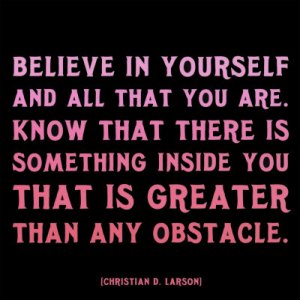There are so many benefits to exercise, and every day, we are discovering new ones. A recent Newsweek article discussed how exercise can boost brain power and fight off diseases like Alzheimer’s–more incredible information in an already long list of benefits. New research in animal models has shown that exercise stimulates a hormone called IGF-I or insulin such as growth factor-I, which, in turn, goes to the brain to stimulate another brain-derived-neutrotrophic factor (BDNF). BDNF is believed to facilitate a process in which an animal’s brain nerve cells branch out and communicate with each other. In fact, research has supported that theory that a brain with lower levels of BDNF is challenged with retaining new information. How amazing is exercise–not only does it build the body, but the mind as well! Exercise not only slows the aging process in the brain, but reverses it. Research has also shown that active adults have less inflammation in the brain and fewer transient ischemic attacks, or ministrokes, which can impair cognition. People who exercise regularly tend to have higher levels of neurotransmitters that regulate mood, such as serotonin, dopamine and norepinepherine. With so many people on psychotropic medication, exercise is proving to be an inexpensive method of maintaining mental health. As with the body’s muscle mass, the same holds true for the brain: Use it or lose it. Within just a short month of stopping physical activity, the new brain tissue connections that were formed basically shrink down back to normal. Many parents of children with attention deficit/hyperactivity disorder (ADHD) already know the benefits of physical activity on their children. It tends to help regulate their moods. An exercise prescription can often be given in conjunction with medication for these ADHD children/or may even replace a medication regimen. This has broad-ranging implications for children in school and their curriculum. With so many schools having downsized the number of physical education classes with a focus on more class time, this could be detrimental. That extra time on the playground may actually boost test scores in all children. The great
thing about introducing physical education at an early age in school is that it sets the tone for future exercise. Once a healthy habit like exercise is established, it tends to carry on. When people understand the importance, it becomes even more of a regular routine. So, we know the benefits of exercise for all types of health. Not only does exercise help with chronic conditions, it also promotes wellness.
FITTING IN FITNESS!!!
• Take the stairs instead of the elevator or escalator, for at least a few floors. If you have to take the
escalator, make it a point to walk it.
• Walk or bike to nearby destinations instead of always driving.
• When at the mall doing your holiday shopping, park your car farthest from where you intend to shop.
• Get off the bus a few blocks early, or park a few blocks from work.
• Exercise while watching television, especially during commercials.
• Hide your remote control and get up to change TV channels or adjust the volume.
• Busy yourself with housework, such as vacuuming, washing the floors, polishing furniture, washing
the windows or gift-wrapping.
• In the evenings, take your family for a walk around neighborhoods that have great holiday lights on
the houses.
• Take the dog for a walk.
• Work in the garden or yard–raking the leaves or sweeping the patio.
• Go for a short walk before breakfast and after dinner.
• Spend half your lunch hour eating and the other half walking around the building or parking lot.
Get your coworkers to join you.
• Walk up and down the stairs on your breaks at work.
• Several times a day, take a few moments to move around and stretch your legs, regardless of what
you’re doing.
• When on your cell phone or cordless home phone, walk around while you talk.
• Clean up the garage or organize your closets or kitchen cupboards.
• Go shopping. You don’t have to buy anything, just walk the aisles and look at the items.


